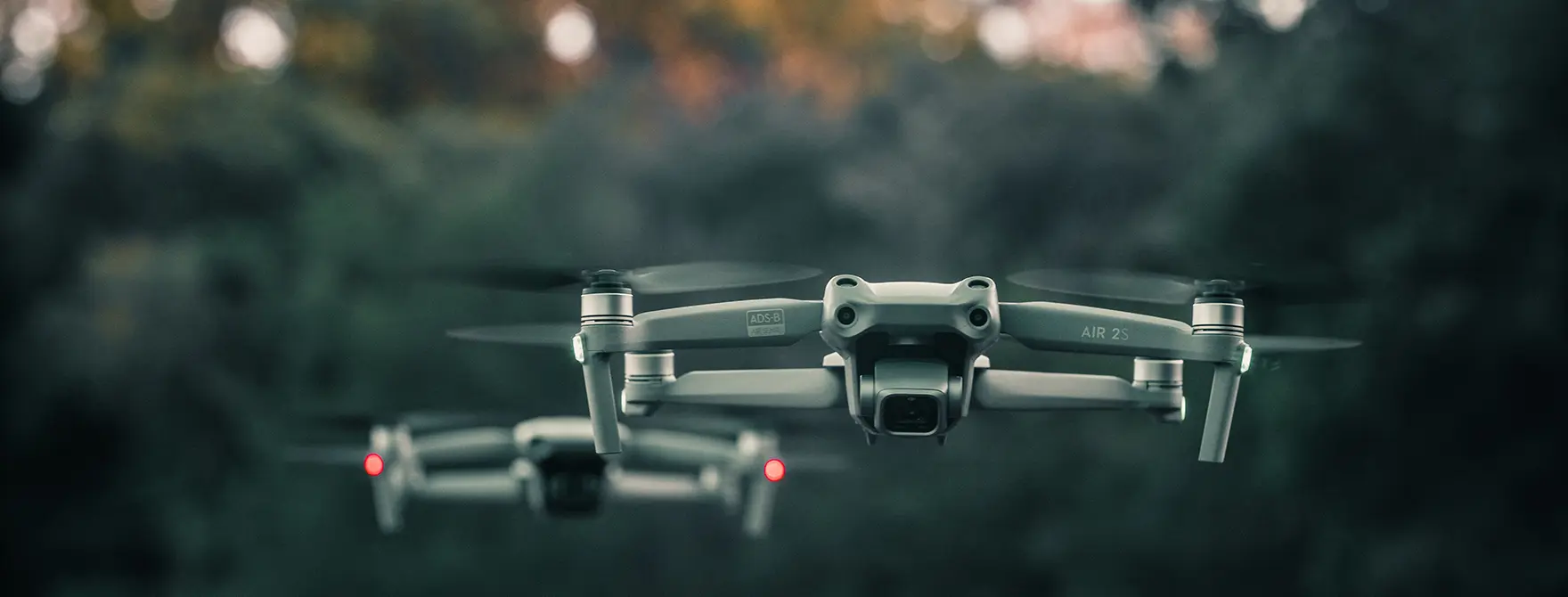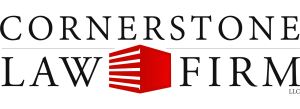
Drone Regulations in Pennsylvania
Flying a drone in the U.S. is usually legal. Before you fly one, it’s important to know that you have rights and responsibilities. While drones may seem like they’re just fun things, they are technically aviation equipment. This means that you are subject to Federal Aviation Administration (FAA) laws if you want to use one outside of your home.
Basic Requirements
Before flying a drone, you should obtain a formal license, similar to a pilot’s license. Because a drone is considered an aerial moving object, licenses are required for both hobby flyers and commercial drone operators. Whether you plan to fly for fun or for work, you must register your drone with the FAA using the FAA DroneZone portal.
Hobby Use
For personal, hobbyist use, the FAA asks you to take The Recreational UAS Safety Test, or TRUST for short. With a TRUST certification, you can only fly recreationally. You are not permitted to take side jobs or perform drone work, even if you do not receive payment for the work. Commercial drone use of any kind must be done with a different license. There is also a special certification required for night flying.
Commercial Use
If you are going to use a drone for work, you must comply with FAA regulations and follow their rules for commercial flying. Below are some of their rules:
- You must obtain a Remote Pilot Certificate from the FAA and register your drone.
- You must maintain visual line-of-sight with your drone. You cannot allow your drone to leave your sight at any point while flying it commercially.
- Your drone must weigh less than 55 pounds. This applies to both commercial and hobbyist use. In order to fly a drone heavier than that, you must obtain certification from a testing agency. This weight limit also includes the drone’s “payload” (things like a camera or other equipment attached to your drone).
- You can never fly anywhere near aircraft. This means you cannot take any photos or videos at or near an airport.
- You must keep your drone at or below 400 feet off the ground.
- You cannot fly faster than 100 miles per hour.
- You cannot fly your drone from a moving vehicle unless you are in a sparsely populated area.
Classes of Airspace
The space above the ground is divided into “classes” by the FAA. The general area above normal houses, cities, and farmland is designated as Class G airspace. This is where you are permitted to fly freely.
Other classes of airspace, like Classes B, C, D, and E, designate where you cannot fly without prior authorization from an air traffic control center (ATC center). Class B airspace, for example, is the immediate surroundings of a runway. Class C airspace is the area leading to or from an airport. Flying into these areas without ATC preauthorization is a serious breach of regulations and can lead to civil and/or criminal penalties if the FAA decides to press charges.
If you would need to fly in airspace other than Class G, you can submit an application through the FAA’s Special Airspace Authorization program.
Flying over People and Things
You may want to use your drone for filmmaking, newscasting, construction site mapping or surveying, or something similar. Most of these uses may mean you’ll be flying over people and populated areas. The FAA has established categories based on the size and weight of drones. Unless your drone is toy-sized, the level of kinetic energy that can be transferred from a drone to a victim of an accident can be high. This means if you’re going to be flying above people or places where people live, your drone will need to be equipped with a parachute and other safety measures.
Pennsylvania Drone Laws
In the state of Pennsylvania, you are prohibited from using a drone to intentionally conduct surveillance of another person in a private place. You cannot operate a drone in a manner that places another person at risk of bodily injury. You cannot use a drone to ferry contraband including, but not limited to, drugs, counterfeit currency, or moonshine.
Pennsylvania created a “preemption law” when enacting the drone laws described above. What this means is that the state, by regulating drone usage, prohibits local governments (municipalities, cities, townships, villages, etc.) from creating any restriction more stringent than the above. This also means that local governments cannot use zoning or other laws to limit where you can fly.
Pennsylvania also has limitations on flying in state parks. There are six state parks with designated flying sites in which you can fly a drone. They are:
- Beltzville State Park
- Benjamin Rush State Park
- Hillman State Park
- Lackawanna State Park
- Prompton State Park
- Tuscarora State Park
National parks have separate, federal regulations for flying drones.
Additional Regulations to Note
Starting in 2023, all drones that weigh over half a pound must broadcast the operator’s location and a unique identification number, like a kind of digital license plate. Additionally, if you want to fly your drone at night, it must have anti-collision lights on it. While newer models of drones may have this equipment built in, older models may need add-on equipment. Check with your manufacturer to see what they recommend so you can meet these regulations.
Legal trouble with your drone?
If you run into legal trouble while flying your drone, contact Cornerstone Law Firm for help. Our attorneys have experience with regulatory and criminal law, and we can advise you on how to handle your case and protect your rights. Call us today to discuss your case.
